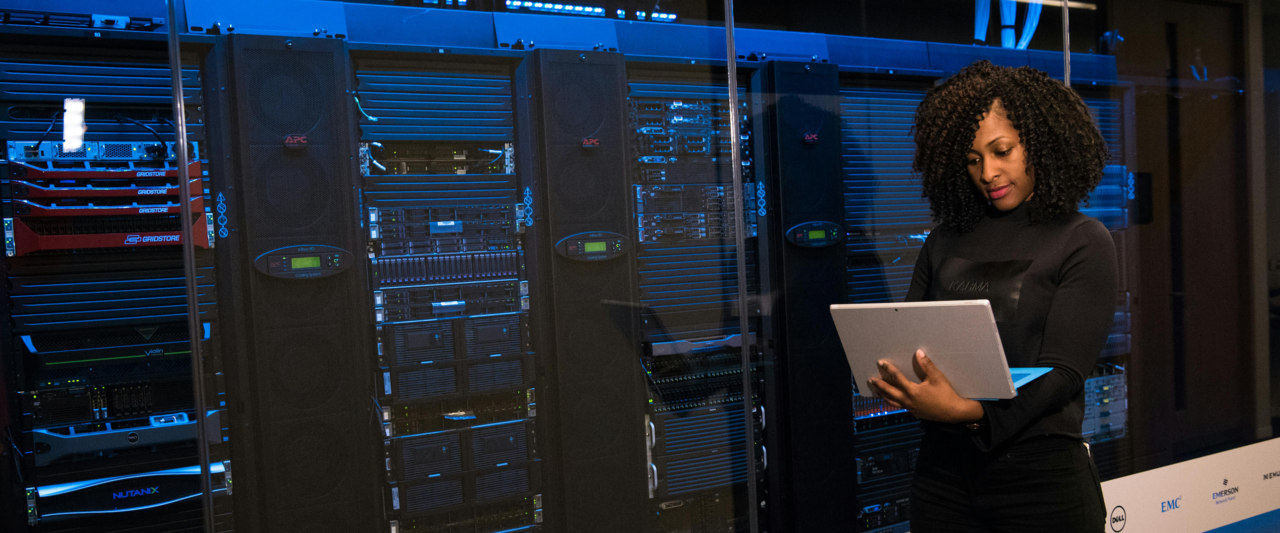

Ready to launch a rewarding career in IT? The Attestation d’études collégiales (AEC) in Microsoft Network and Security Administration at Cégep Heritage College is a one-year, in-person program designed for adult learners who want practical, job-ready skills in network management and cybersecurity. Learn more about the program and meet instructor Peter Langlois in this in-depth Q&A.
